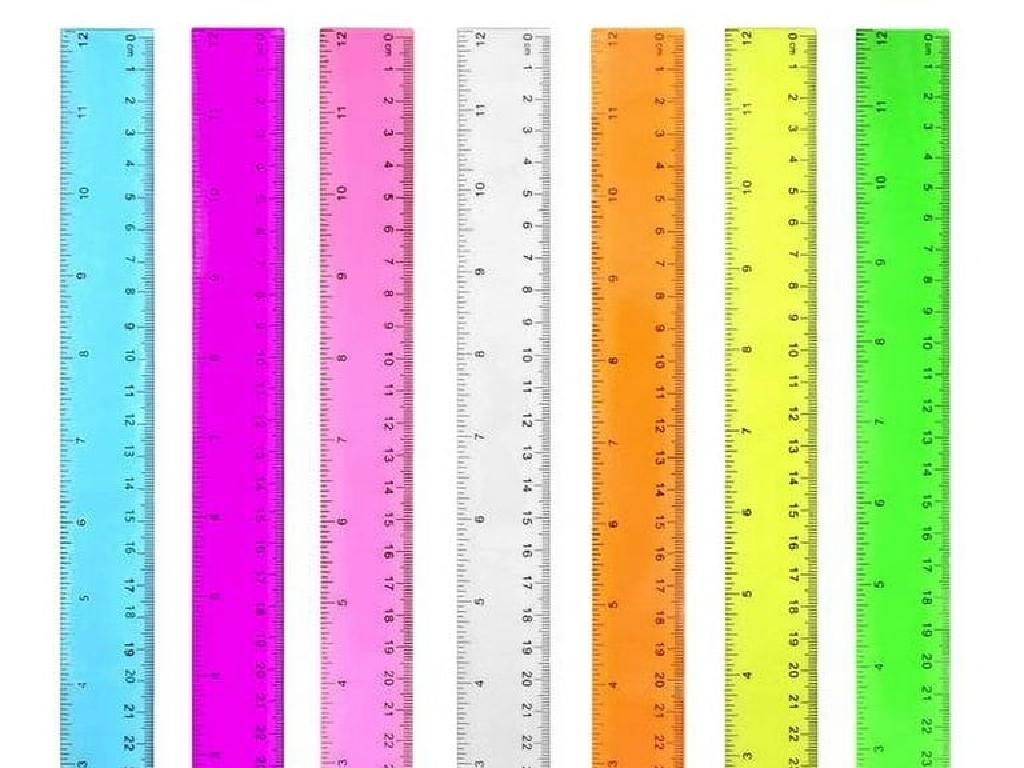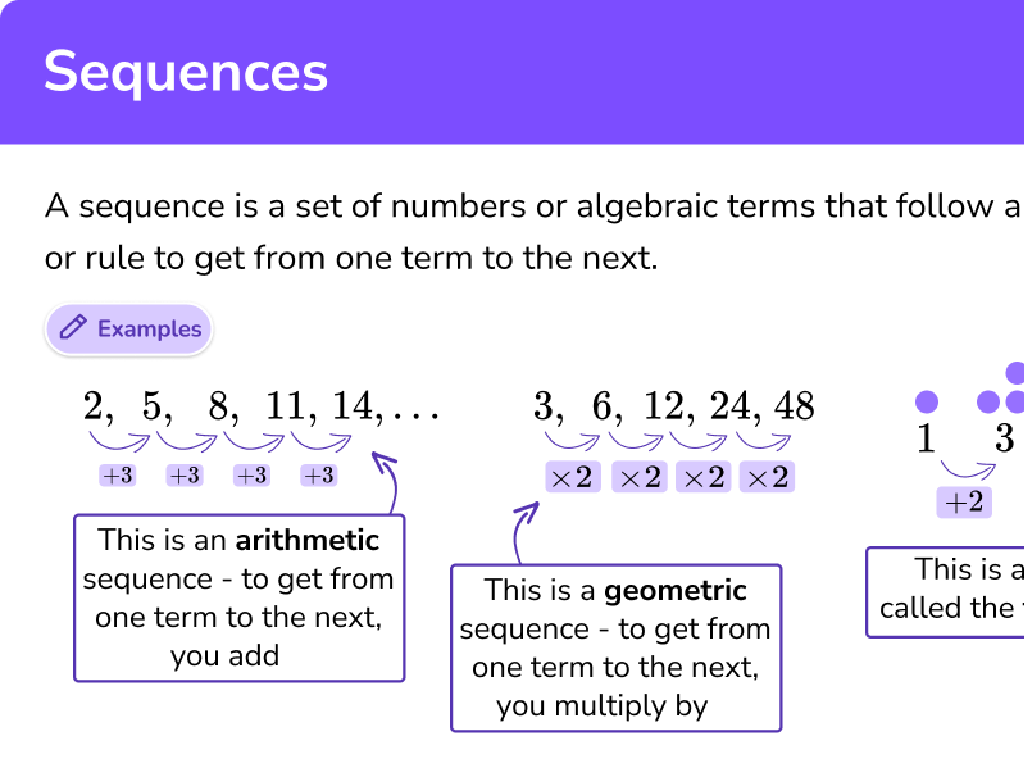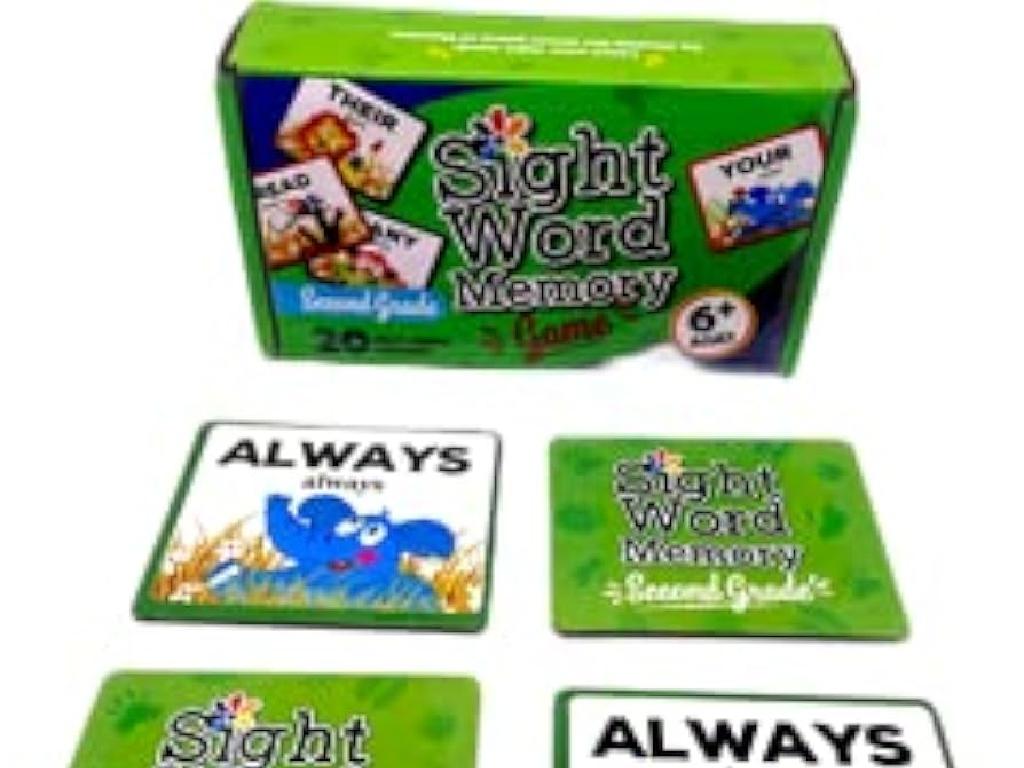Describe Objects
Subject: Science
Grade: First grade
Topic: Materials
Please LOG IN to download the presentation. Access is available to registered users only.
View More Content
Welcome to Materials!
– Today’s topic: Learning about materials
– What are materials?
– Materials are the stuff objects are made of.
– Materials make up everything
– Everything around us is made from materials.
– Examples of materials
– Like wood, metal, glass, and plastic.
|
This slide introduces the concept of materials to first graders. Begin by explaining that materials are what everything around us is made from. Use simple language and relatable examples to help them understand. Show them everyday objects and discuss what material each object is made from. For instance, a wooden chair, a metal spoon, a glass window, and a plastic toy. Encourage the students to touch and feel different materials if possible, to enhance their learning experience. The goal is to make them aware of the various materials that make up the objects in their environment.
Exploring Everyday Objects
– Observe objects around you
– Guess the materials used
– Common materials: wood, metal, plastic, glass
– Examples: Wooden chair, metal spoon, plastic toy, glass window
– Discuss the variety of materials
– Why are different materials used for different objects?
|
This slide is aimed at sparking curiosity in first graders about the materials that make up the objects they encounter daily. Encourage the students to look around the classroom or their home and identify various objects, prompting them to think about what materials these objects could be made from. Discuss the common materials like wood, metal, plastic, and glass, and provide examples of each. Engage the students in a discussion about why different materials are used for different objects, considering factors like strength, flexibility, and transparency. This activity will help students understand the concept of materials and their properties in a tangible and relatable way.
Describing Objects by Their Materials
– Objects can be hard or soft
– Like a rock is hard and a pillow is soft
– They might be smooth or rough
– Sandpaper is rough, while a slide is smooth
– Some are bendy, others are stiff
– Rubber bands are bendy, but a ruler is stiff
|
This slide is aimed at helping first graders understand how to describe objects by the materials they are made of. Start by explaining that materials are what things are made from. Then, use tangible examples to illustrate the concepts of hard and soft (e.g., comparing a rock to a pillow), smooth and rough (e.g., comparing sandpaper to a slide), and bendy and stiff (e.g., comparing a rubber band to a ruler). Encourage the students to touch and feel different objects around the classroom to understand these properties better. Ask them to describe various items they use daily, fostering an interactive and sensory learning experience.
Materials Around Us
– Find objects in our classroom
– Look for wood, plastic, metal, or cloth items
– Group objects by material
– Put all wood items together, and do the same for other materials
– Learn materials’ uses
– Why is a desk made of wood, or a ruler from plastic?
– Discuss why materials matter
|
This slide is aimed at helping first-grade students recognize and categorize objects based on the materials they are made from. Start by encouraging the students to explore the classroom and identify items made from different materials such as wood, plastic, metal, and cloth. Guide them to group these items by their material types. Discuss with the class why certain materials are used for specific objects, like the durability of a wooden desk or the flexibility of a plastic ruler. This activity will enhance their understanding of materials and their properties, as well as the practical applications of these materials in everyday objects. It’s a hands-on learning experience that will make the concept of materials tangible and relatable to the students.
Why Materials Matter
– Materials have various uses
– Everything we use is made from different materials like plastic, wood, metal.
– Bricks are great for building
– Bricks are strong and stack well, perfect for making houses and walls.
– Water helps keep things clean
– Water washes away dirt, making it great for cleaning ourselves and objects.
|
This slide introduces the concept of materials and their importance in everyday life. It’s crucial for students to understand that the objects they interact with are made from different materials, each chosen for specific properties. Bricks, for example, are used in construction due to their durability and strength, making them ideal for building structures. Water is a universal cleaning agent because of its ability to dissolve and remove dirt. Encourage the students to think about the materials around them and why those materials might have been chosen for those objects. This will help them understand the relationship between materials and their uses.
Class Activity: Material Hunt
– Explore the classroom for objects
– Identify the material of each object
– Is it wood, plastic, metal, or fabric?
– Discuss why it’s made from that material
– Think about the object’s use and properties
– Share findings with the class
|
This activity is designed to help students understand the concept of materials and their properties. Have the students walk around the classroom and pick any object they can find. They should then identify what material the object is made of and think about why that material was chosen for the object. Is it because it’s strong, flexible, waterproof, or easy to clean? Guide them to consider the properties of the material and how they relate to the object’s function. After the hunt, each student will share their object and its material with the class, explaining their reasoning. Possible activities include finding something soft, something hard, something transparent, etc. This will help students to engage with the concept of materials in a hands-on way and learn from each other’s findings.
Show and Tell: My Favorite Object
– Pick an object from our hunt
– Describe its material to everyone
– Is it made of wood, plastic, metal, or cloth?
– Explain why it’s your favorite
– What about it makes you like it so much?
– Share what makes it special
– Does it have bright colors, is it soft, or does it make a sound?
|
This slide is for a ‘Show and Tell’ activity where students will bring their favorite object from a previous ‘material hunt’ activity. They will describe the material of the object to the class, explaining characteristics such as texture, hardness, and flexibility. Students should also express why they like the object, which could be based on color, use, or a personal connection. This activity encourages observation skills, use of descriptive language, and sharing personal experiences with peers. It’s a great opportunity for students to practice speaking in front of the group and to learn about different materials in a hands-on way.
Wrapping Up: Materials All Around Us
– Excellent work on materials
– Materials are everywhere
– Think of water, metal, wood, and plastic
– They form our daily objects
– Your toys, clothes, and tools are made of materials
– Keep observing and describing
|
Today, we learned how to describe different materials and observed that they are a part of everything we use. Encourage the students to keep exploring their surroundings and to think about the materials that make up the objects they interact with every day. Remind them that materials like water, metal, wood, and plastic are not just things; they have properties like hardness, color, and flexibility that we can describe. Reinforce the idea that being observant and curious about the world around them is an excellent way to learn science.






